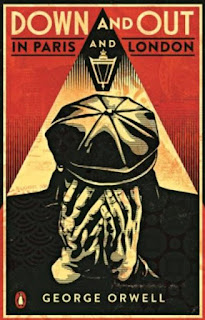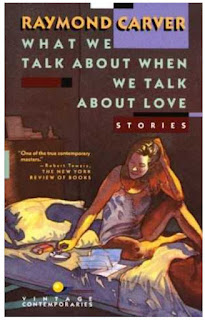Street to Street

Brian Castro’s Street to Street felt like a novel meant for me to read. This might sound like a very egotistical thing to say, but what I mean is that I sense that I am well equipped – by virtue of my particular background and sympathies – to appreciate its virtues and I think its purposes. Castro is quite a busy author and I have read only a few of his books: Double-Wolf (1991), The Garden Book (2005), and The Bath Fugues (2009). He is a writer drawn to writing about artists and outsiders, and in Street to Street , he finds his subject in the dual narrative of that Sydney, belated Romantic poet Christopher Brennan, and a (beautifully) flawed academic and would-be Brennan biographer, Brendan Costa. In order to manage the ending, a more shadowy friend-of-Costa makes an occasional narrative appearance (and I think is a less successful voice than Costa). One of Castro’s principal sources for Brennan’s life is Axel Clark’s Christopher Brennan – A Critical Biography (1980). Some ye...








